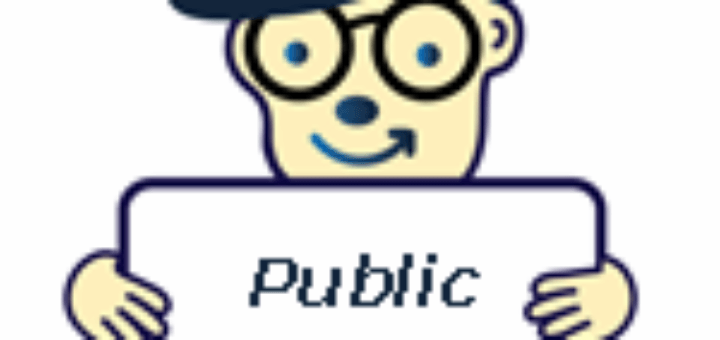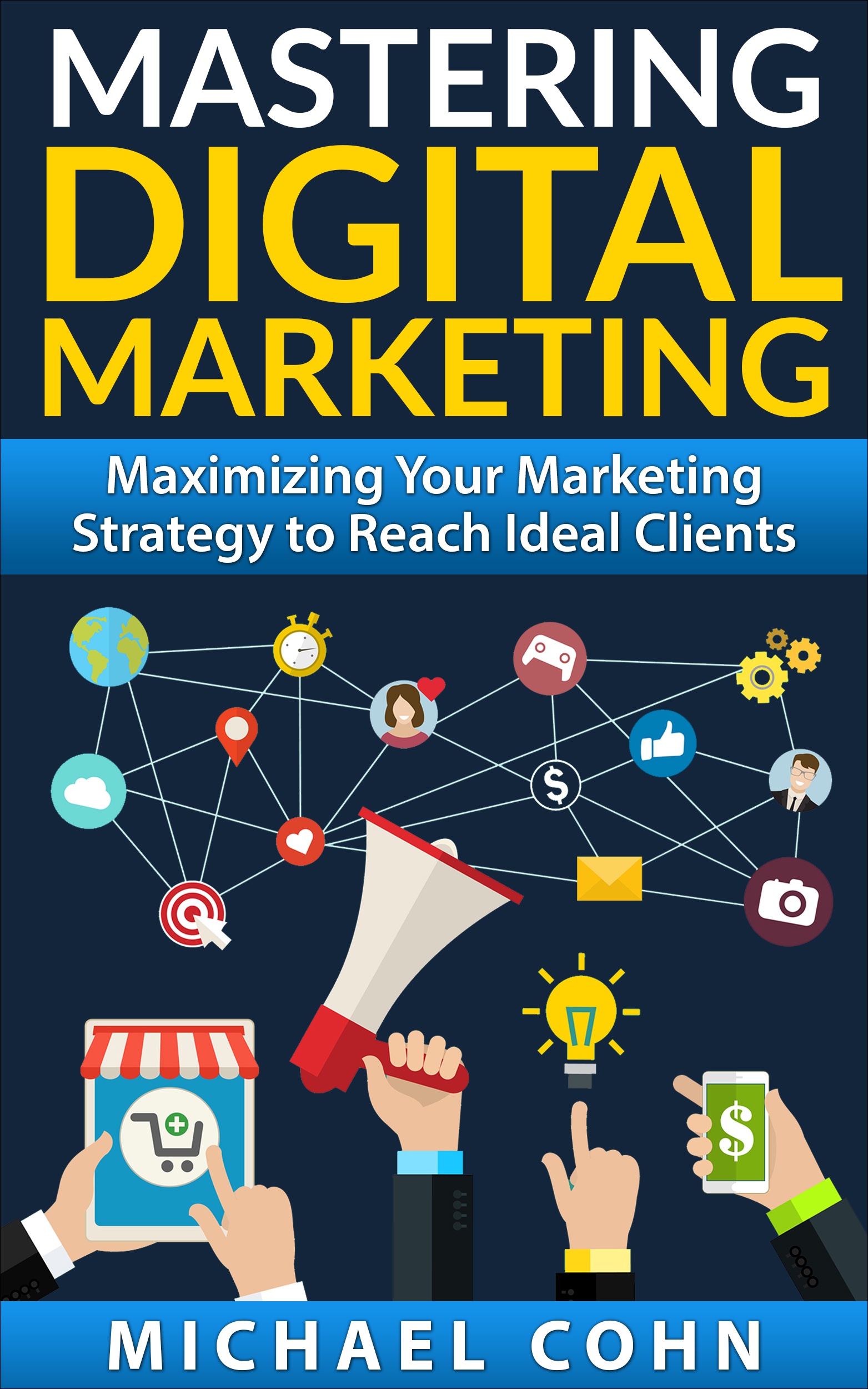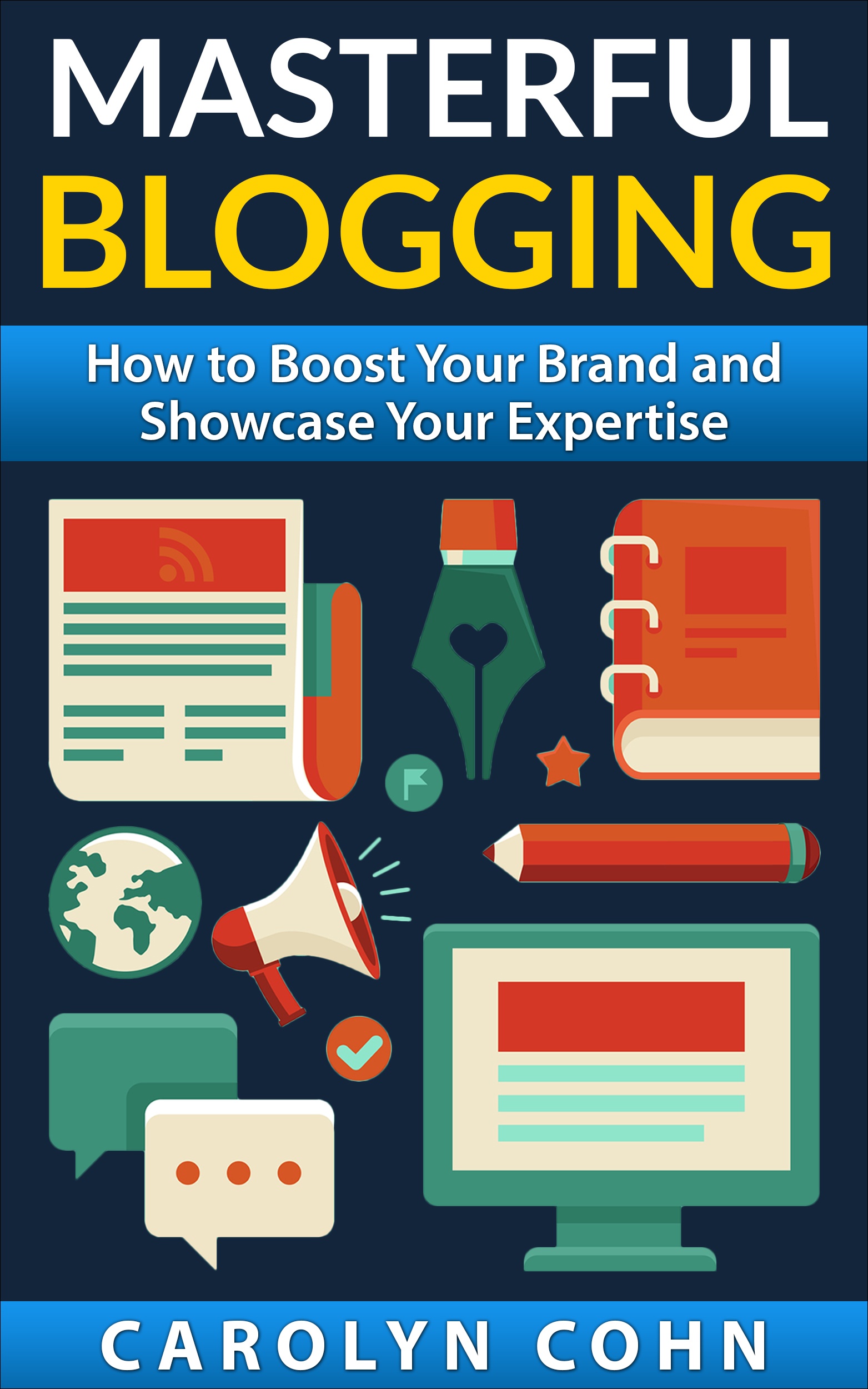Public Relations Expanded: Eight Social Roles Assigned

Here’s the good news…if your organization is participating in social media, the public relations function has been expanded. The responsibilities of the PR professional continue to increase, with new roles assigned. As you take on these new challenges, you’re seen as an even more valuable asset to your company.
In my book, “Putting the Public Back in Public Relations,” we discussed a few of the new PR roles, including the following:
- Listening/ Conversationalist
- Market Analyst
- Web Marketer
- Viral Marketer
- Social Media Professional
- Customer Service Representative
- Research Librarian
Although you’ve embraced many of the roles above, now it’s time to add several more responsibilities to this list, as a result of social media and 24/7 communications. The Eight Roles Assigned are meant to open up your frame of reference about other functions that should be on your PR radar and quite possibly fall within your domain of responsibility. For those of you who are already participating in one or more of the roles mentioned below, kudos to you!
Here’s the list of the Eight Roles Assigned to the PR professional. Are you ready to take on these opportunities?
-
The Policymaker: eMarketer published a chart surveying U.S. companies about the responsibility of Social Media Plans. The chart revealed that the two departments most likely responsible for the planning process were marketing and corporate communications. PR professionals are quickly learning that a critical part of the communications planning process is the development of the social media policy or policies. Some policies are internal for employees and others are external-facing for the public and are tailored specifically for a particular social channel. Being a policymaker can range from spearheading the policy process to helping assemble the policy team. However, your role may also include diving in to write the policies and communicating social media policies internally for maximum employee participation and impact in the organization.
-
Internal Collaboration Generator: Communications professionals are realizing that social media collaboration starts on the inside of the organization. Because social media moves across the organization, it’s imperative that specific departments (PR, Advertising, Marketing, HR, IT, Legal, Sales, etc.) work together and the silos are broken down for sharing, innovation and collaboration. PR professionals are often the champions who work with their marketing peers, the company executives, and the web team to research and help select the platform for communication (i.e., SharePoint, SocialText, and BaseCamp, to name a few.) and to create a program that educates employees on the value of social collaboration and use of an internal portal for sharing.
-
Crisis Prevention Doctor: Because every company can face a crisis today, PR professionals are proactively building their crisis plans (integrating social crisis), with comment response charts and helpful tools to illustrate levels of comment/crisis escalation. It’s extremely important that anyone involved in social media for the organization (from PR and marketing to customer service) be trained and prepared for today’s viral social crisis that has the ability to capture both social media and traditional media attention. PR professionals are focusing on training their teams in crisis prevention, setting up the best platforms for pre-listening and post-crisis sentiment monitoring and understanding the differences between crisis and the news cycles of the past versus the fast-paced 24/7 crisis of today.
-
Communications Technology Tester: If you’re in PR, you must become a communications technology tester for your company. For example, it was great to see so many of my PR peers in Google+. This is a big step and almost a turnaround from the past. At the start of social media, PR was criticized for not being up to speed on the knowledge and use of social media channels. As a PR pro, you should constantly be updating your knowledge of social media; rolling up your sleeves to experiment with the different tools, applications, and social platforms. If your job is communication and relationship-building, you need to know and understand where consumers are congregating, how they behave in social communities, and the best ways to reach them through new channels. Being a communications technology tester helps you to educate others in your organization.
-
Reputation Task Force Member: Being a member of the Reputation Task Force is the equivalent of practicing reputation management on steroids. Because social media can change a company’s reputation drastically, in a short amount of time, we have to be tracking and responding with speed and accuracy. It’s our job to review the conversations, evaluate the brand sentiment, and head off any reputation issues before they get out of hand. We have always been known as the “brand police” called in when crisis occurs. However, our role has expanded to a special task force, now pre-crisis, which gathers information and analyzes how attitudes lead to consumer advocacy and loyalty, or to less then favorable reviews and situations that lower company ratings.
-
Organizer of the Communications Process: PR professionals have to educate and redirect their organization to implement a new communications process. No longer can companies rely on the push method for their messages. Now it’s your job to make sure that the company constituents are pulling from your organization to meet their needs. The process begins with listening to the conversations but also requires organizing, curating, and developing new content. With a new process in place, companies offering meaningful information to stakeholders are positioned as valuable resources that answer questions, help people make decisions, create loyalty, and build stronger relationships with customers.
-
Relationship Analyzer: Here’s where your role turns into the communications sociologist. It’s so important to observe and analyze how your audience connects, not only with you, but also with each other in a specific community. As a relationship analyzer you are looking at how people start, build and grow their relations and how social graphs reach across networks. The relationship analyzer also sees the deep connections between the brand and its influencers; those brand champions who support and speak positively on the brand’s behalf.
-
Master of the Metrics: PR professionals have to move from accepting metrics (no more AVEs or Average Value Equivalents) to forging ahead with measurable objectives and metrics that reveal positive outcomes for the organization vs. the outtakes and outputs. Your programs will require different Key Performance Indicators (KPIs), but it’s critical to investigate and differentiate between the metrics that are based on conversations, authority, sharing behaviors and education/learning versus the metrics that show lead generation, sales, customer satisfaction, and finding cost savings as a result of social media. By taking a closer, more intimate look at learning how to monitor and measure through different platforms (i.e., BurrellesLuce Engage121, Vocus Social Media Monitoring, Sysomos, Radian6, etc.), it will help you to tailor your measurement program. In social media, you need to show Return on Investment (ROI) for the executives versus the Return on Engagement (ROE), Return on Participation (ROP), and the Return on Awareness (ROA) related to specific company programs for various departments.
Conclusion
The new public relations roles serve to improve the relationships that you have with your customers and they build trust, credibility and trustworthiness between you and them.
What new PR roles have been assigned to you? The roles mentioned in this post are only just the beginning. Of course, our roles will continue to expand. Please share some of the new priorities and responsibilities you’re tackling as a result of social media.
This guest post, Public Relations Expanded: Eight Social Roles Assigned, originally appeared on the PR Expanded blog on July 25, 2011.
[signoff][/signoff]


Oh, gosh, reading this made my head spin, but in a good way. I hired someone for 3 months of PR support. Then, I became my own PR person. I realized how much fun it is and how I tend to pitch myself better than others can. I’m a one woman show, but wow, I do a lot then, according to this post 🙂 Thanks for sharing!